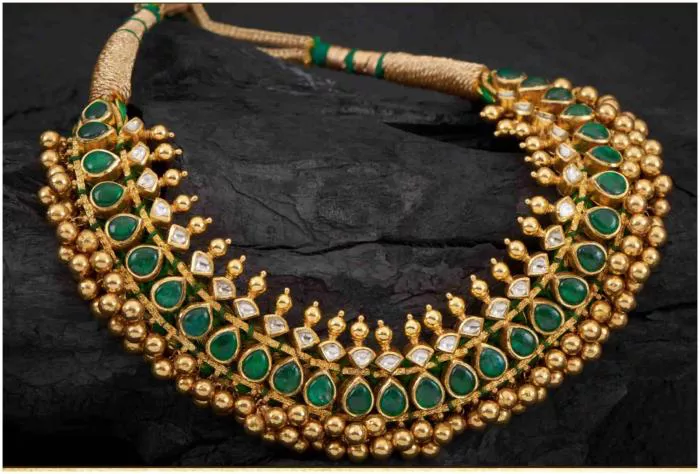The Indian direct-to-consumer (D2C) jewellery segment has seen significant growth this year, attracting $103 million in funding thus far. This achievement highlights the increasing prominence of the D2C model in India’s burgeoning jewellery market. A recent report by market intelligence platform Tracxn details these developments, emphasizing the sector’s rapid expansion.
Strong Growth in Funding
In 2023, the D2C jewellery segment in India raised a total of $104 million, reflecting a remarkable 57% increase compared to the $66.3 million raised in 2022. Notably, the third quarter of this year (Q3) emerged as the highest-funded quarter in the segment’s history, with an impressive $71.5 million raised during this period alone.
The increase in funding underscores the growing interest among investors in this sector, driven by changing consumer behaviors and preferences.
Leading Cities for D2C Jewellery Funding
Bengaluru, Chennai, and Mumbai have emerged as the leading cities for D2C jewellery funding in India. Notably, Bengaluru has been the frontrunner, contributing over 77% of the total funding in the sector. This concentration of investment highlights the city’s role as a hub for innovative jewellery startups and entrepreneurial initiatives.
India Takes the Global Lead
On a global scale, India has outpaced other countries, including the United States and Finland, in securing funding for the D2C jewellery sector. Currently, India accounts for over 40% of total global funding in this market, showcasing the country’s growing influence and competitiveness.
Neha Singh, Co-Founder of Tracxn, commented on this trend: “With the sector continuing to grow and mature, brands that can adapt to changing demands, focus on sustainability, and leverage digital platforms are poised to lead the next phase of growth. This is truly an exciting era of reinvention for the jewellery market, both in India and globally.”
Factors Driving Investment
The surge in investment within the D2C jewellery segment can be attributed to evolving consumer preferences. Today’s shoppers are increasingly seeking personalized and convenient shopping experiences. This shift is further enhanced by technological advancements, including virtual try-on tools and AI-powered personalization, which enhance the overall shopping experience.
Moreover, the industry’s emphasis on sustainability and customization has attracted both consumers and investors. As environmental concerns continue to rise, brands focusing on ethical sourcing and sustainable practices are gaining traction in the market.
Key Players in the D2C Jewellery Space
Several key players have emerged in the Indian D2C jewellery landscape. BlueStone, a notable name in the sector, offers subscription-based precious jewellery. Over the past two years, BlueStone has successfully raised a total of $193 million through five consecutive funding rounds, underscoring its strong market position and investor confidence.
Another significant player, Ultrahuman, which specializes in smart health rings, has secured $39.6 million across three consecutive funding rounds during the same timeframe. These investments highlight the potential for innovation within the jewellery segment, as companies explore new technologies and market opportunities.
Conclusion
The Indian D2C jewellery segment is on a remarkable growth trajectory, having secured $103 million in funding this year alone. With a notable increase in investments, leading cities like Bengaluru, Chennai, and Mumbai are playing crucial roles in this expansion. India’s position as a global leader in D2C jewellery funding further emphasizes the market’s potential.
As consumer preferences evolve and technological advancements reshape the industry, brands that prioritize sustainability and personalization are set to thrive. This exciting era of reinvention not only signifies a shift in the Indian jewellery market but also positions the country as a formidable player on the global stage. The future of D2C jewellery in India looks promising, with investors keenly watching the developments in this dynamic sector.
Related topics:

